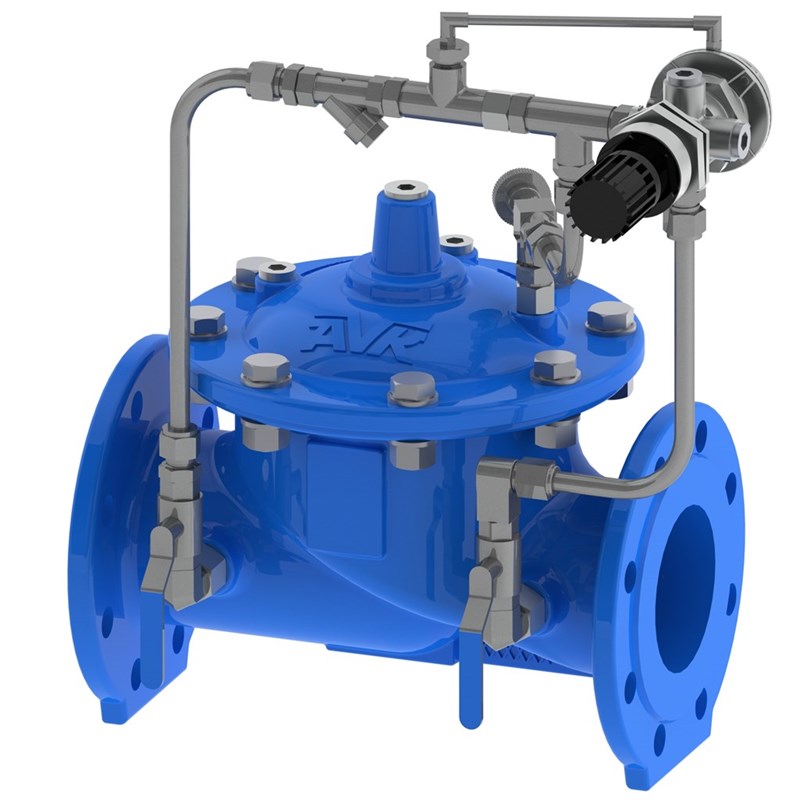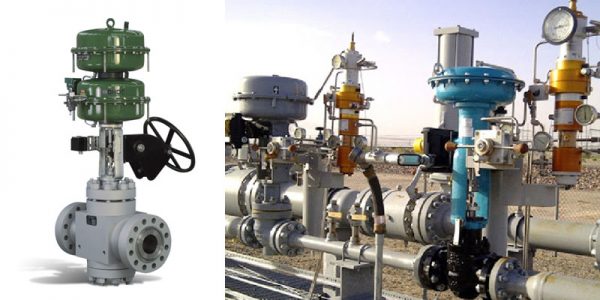Recognizing the Relevance of Control Valves in Process Automation
Recognizing the Relevance of Control Valves in Process Automation
Blog Article

Maximize Energy Cost Savings and Comfort With Advanced Building Automation Controls
In the world of modern-day style and center administration, the integration of sophisticated building automation regulates stands as a pivotal improvement. The merging of innovation and sustainability has birthed a brand-new period where energy performance, convenience optimization, and functional streamlining are no much longer remote ambitions but obtainable truths. By harnessing the power of automation, structures can adjust, react, and develop in ways that were as soon as unthinkable. The capacity for significant power cost savings and boosted comfort is not just an opportunity but a promise waiting to be fulfilled. This standard change in building administration holds the key to opening a world where ecological conscientiousness and resident health harmoniously exist side-by-side within the wall surfaces of our structures.
Energy Performance Advantages
Power performance benefits can substantially lower power intake and functional costs in structures. Energy-efficient systems, such as sophisticated structure automation controls, can enhance the usage of sources like air conditioning, home heating, and lights, leading to reduced energy expenditures over time.
Moreover, boosted energy efficiency can prolong the life expectancy of structure tools and systems. By operating much more effectively, cooling and heating systems, light, and other structure elements experience less damage, leading to reduced maintenance and replacement expenses. Furthermore, energy-efficient structures usually regulate greater property worths and rental prices, providing lasting financial benefits to owners.
Furthermore, energy performance can enhance occupant convenience and productivity. Appropriately regulated indoor environments with optimum lighting and thermal conditions produce a more pleasurable and favorable work space, causing boosted employee fulfillment and performance. Overall, the energy effectiveness benefits connected with innovative structure automation controls are multifaceted, encompassing expense financial savings, environmental stewardship, and passenger health.
Boosted Comfort Control
Enhancing convenience control in structure settings calls for a sophisticated assimilation of advanced automation systems for optimal occupant well-being. By using sophisticated building automation controls, facilities can tailor the indoor atmosphere to satisfy the details demands and choices of owners. These systems allow precise guideline of lighting, temperature level, and air flow, creating a comfy and productive environment. Resident fulfillment and efficiency are closely connected to thermal comfort, making it necessary to have systems in area that can adjust to changing problems in real-time.
By integrating these sophisticated controls, structures can not just boost comfort however also boost energy effectiveness by enhancing system procedures based on real occupancy and usage patterns. Ultimately, prioritizing resident convenience via innovative automation systems leads to a more pleasurable and healthier indoor setting.
Functional Effectiveness Improvements

Moreover, the execution of real-time tracking and analytics tools enables structure operators to identify power inefficiencies and operational anomalies without delay. By constantly keeping an eye on energy use patterns and system performance metrics, changes can be made in real-time to enhance power usage and ensure peak functional effectiveness. control valves. In addition, incorporating demand reaction approaches into building automation controls can better enhance functional efficiency by dynamically changing power usage based on grid problems Website and rates signals
Indoor Climate Optimization
Effective indoor environment optimization is an essential element of structure automation controls, guaranteeing occupants' comfort and health while maximizing energy savings. By utilizing innovative sensing units and controls, constructing automation systems can continuously monitor and change temperature, moisture degrees, air high quality, and air flow to develop an ideal interior setting. Keeping comfortable and regular problems not just boosts owner complete satisfaction however likewise improves efficiency and overall health.
Interior climate optimization likewise plays a critical function in power effectiveness. By fine-tuning air conditioning, ventilation, and home heating systems based on real-time information and occupancy patterns, developing automation controls can substantially minimize energy consumption - control valves. For instance, applying approaches such as demand-controlled air flow and thermal zoning can help minimize energy waste while making certain that each location of the building obtains the needed conditioning.

Lasting Setting Creation
Building automation regulates not only optimize indoor environment conditions for power efficiency and passenger convenience however also lay the structure for producing a sustainable atmosphere through calculated monitoring of sources and systems. By integrating sophisticated building automation innovations, such as sensors, actuators, and intelligent software, centers can keep an eye on and adjust power usage in real-time to decrease waste and minimize their carbon impact. These systems make it possible for predictive upkeep, determining possible concerns prior to they rise and maximizing devices performance to improve long life and effectiveness.
Furthermore, sustainable atmosphere production expands past energy management to include water preservation, waste decrease, and interior air top quality improvement. Structure automation controls can control water use, discover leakages, and make certain correct garbage disposal techniques, contributing to total sustainability efforts. Additionally, by keeping an eye on and regulating air flow and purification systems, these technologies enhance passenger health and wellness and efficiency while lowering energy consumption connected with cooling discover this info here and heating procedures.
Verdict
In verdict, advanced structure automation manages offer substantial benefits in terms of power cost savings, convenience control, operational performance, indoor environment optimization, and producing a sustainable atmosphere. By executing these controls, buildings can attain optimum efficiency while lowering energy intake and improving occupant comfort. It appears that using sophisticated automation innovation is vital in enhancing building efficiency and creating a more sustainable future.
Power performance advantages can dramatically lower energy consumption and functional expenses in structures. Overall, the energy efficiency benefits associated with advanced building automation controls are complex, incorporating cost financial savings, environmental stewardship, and resident well-being.
In addition, incorporating demand feedback techniques into building automation controls can further improve operational performance by dynamically adjusting energy usage based on grid conditions and pricing signals.
Building automation controls not only maximize indoor environment problems for energy efficiency and occupant convenience yet additionally lay the structure for creating a sustainable environment through calculated administration of resources and systems.In final thought, advanced building automation controls deal significant benefits in terms of power financial savings, convenience control, operational performance, interior climate optimization, and producing a sustainable environment.
Report this page